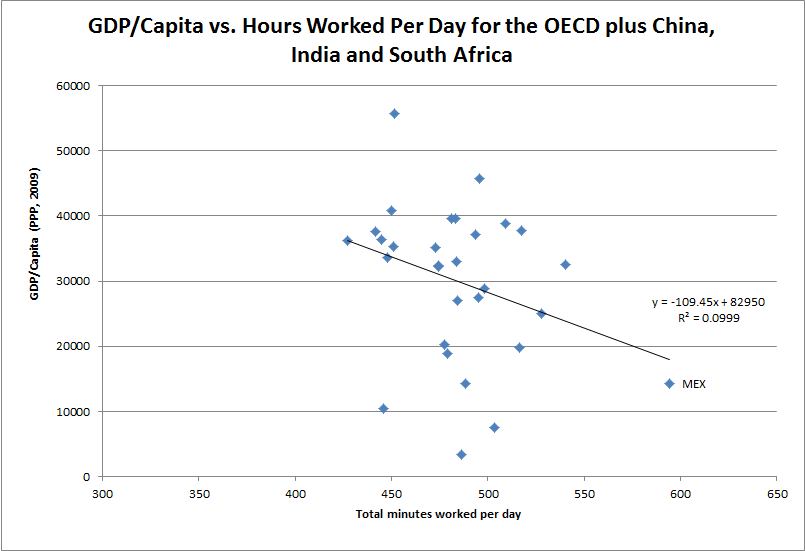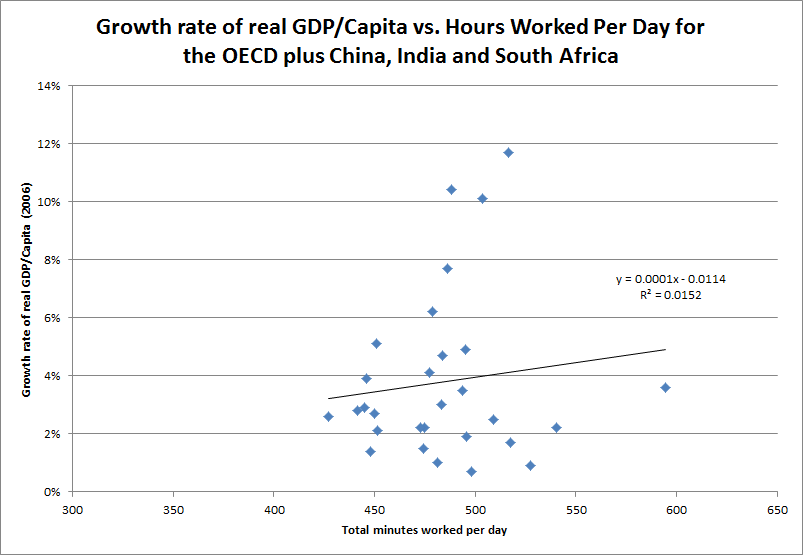Tim Harford has gone in to bat for the Efficient Market Hypothesis (EMH). As Tim says, somebody has to.
Sort-of-officially, there are three versions of the EMH:
- The strong version says that the market-determined price is always “correct”, fully reflecting all public and private information available to everybody, everywhere.
- The semi-strong version says that the price incorporates all public information, past and present, but that inside information or innovative analysis may produce a valuation that differs from that price.
- The weak version says that the price incorporates, at the least, all public information revealed in the past, so that looking at past information cannot allow you to predict the future price.
I would add a fourth version:
-
A very-weak version, saying that even if the future path of prices is somewhat predictable from past and present public information, you can’t beat the market on average without some sort of private advantage such as inside information or sufficient size as to allow market-moving trades.
For example, you might be able to see that there’s a bubble and reasonably predict that prices will fall, but that doesn’t create an opportunity for market-beating profits on average, because you cannot know how long it will be before the bubble bursts and, to regurgitate John M. Keynes, the market can remain irrational longer than you can remain solvent.
I think that almost every economist and financial analyst under the sun would agree that the strong version is not true, or very rarely true. There’s some evidence for the semi-strong or weak versions in some markets, at least most of the time, although behavioural finance has pretty clearly shown how they can fail. The very-weak version, I contend, is probably close to always true for any sufficiently liquid market.
But looking for concrete evidence one way or another, while crucially important, is not the end of it. There are, more broadly, the questions of (a) how closely each version of the EMH approximates reality; and (b) how costly a deviation of reality from the EMH would be for somebody using the EMH as their guide.
The answer to (a) is that the deviation of reality from the EMH can be economically significant over short time frames (up to days) for the weak forms of the EMH and over extremely long time frames (up to years) for the strong versions.
The answer to (b), however, depends on who is doing the asking and which version of the EMH is relevant for them. For retail investors (i.e. you and me, for whom the appropriate form is the very-weak version) and indeed, for most businesses, the answer to (b) is “not really much at all”. This is why Tim Harford finishes his piece with this:
I remain convinced that the efficient markets hypothesis should be a lodestar for ordinary investors. It suggests the following strategy: choose a range of shares or low-cost index trackers and invest in them gradually without trying to be too clever.
For regulators of the Too-Big-To-Fail financial players, of course, the answer to (b) is “the cost increases exponentially with the deviation”.
The failure of regulators, therefore, was a combination of treating the answer to (a) for the weak versions as applying to the strong versions as well; and of acting as though the answer to (b) was the same for everybody. Tim quotes Matthew Bishop — co-author with Michael Green of “The Road from Ruin” and New York Bureau Chief of The Economist — as arguing that this failure helped fuel the financial crisis for three reasons:
First, it seduced Alan Greenspan into believing either that bubbles never happened, or that if they did there was no hope that the Federal Reserve could spot them and intervene. Second, the EMH motivated “mark-to-market” accounting rules, which put banks in an impossible situation when prices for their assets evaporated. Third, the EMH encouraged the view that executives could not manipulate the share prices of their companies, so it was perfectly reasonable to use stock options for executive pay.
I agree with all of those, but remain wary about stepping away from mark-to-market.


